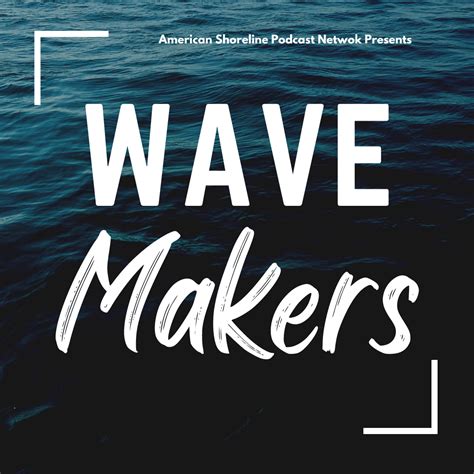Introduction
Waves possess immense energy, posing a constant challenge to coastal infrastructure. To protect shorelines and harness the power of waves, engineers have developed innovative cap designs that effectively dissipate wave energy and enhance coastal resilience.

Benefits of Cap for Waves
- Reduced wave impact: Caps absorb and disperse wave energy, minimizing its impact on coastal structures.
- Erosion control: By reducing wave energy, caps protect shorelines from erosion, safeguarding valuable coastal assets.
- Increased coastal resilience: Caps bolster the durability of coastal infrastructure, making them more resistant to extreme weather events.
- Environmental benefits: Caps create calm water zones that support marine life and enhance coastal ecosystems.
6 Ingenious Cap for Waves Designs
1. Wave Dissipating Blocks (WDBs)
- Large, concrete blocks that absorb and dissipate wave energy.
- Suitable for exposed coastlines with high wave loads.
- Example: Used to protect the coast of Japan after the 2011 Tohoku earthquake and tsunami.
2. Accropode Units
- Interlocking, tetrapod-shaped blocks that create a stable and durable armor.
- Designed to withstand high wave forces and scour.
- Example: Used in the construction of the Palm Jumeirah in Dubai.
3. Xblocs
- Innovative blocks with a cross-shaped design that dissipate wave energy through friction.
- Capable of withstanding extreme wave conditions.
- Example: Used to protect the Netherlands’ North Sea coast.
4. Core-Loc Structures
- Massive, interlocking concrete units that form a protective barrier.
- Designed to create calm water zones behind the structure.
- Example: Used in the construction of the Port of Rotterdam in the Netherlands.
5. Geotubes
- Large, cylindrical containers filled with sand or soil.
- Easily deployed and can be used to create temporary or permanent wave barriers.
- Example: Used to protect beaches during storm events.
6. Permeable Breakwaters
- Structures with gaps that allow water to flow through.
- Dissipate wave energy while minimizing reflection.
- Example: Used to protect coastal communities from erosion and flooding.
Case Studies
- The Port of Rotterdam in the Netherlands has successfully implemented Core-Loc structures to protect its coastline from storm surges.
- The Palm Jumeirah in Dubai utilized Accropode units to create a stable foundation for the artificial island.
- The Maldives has deployed Geotubes to safeguard its vulnerable coastline from erosion and sea-level rise.
Market Projections and Applications
The global cap for waves market is projected to reach $15.6 billion by 2028, growing at a CAGR of 5.4%. Rising sea levels, increasing urbanization, and the need for coastal protection are driving this growth.
Cap for waves has diverse applications beyond coastal protection, including:
- Artificial reefs: Creating artificial habitats for marine life.
- Wave energy farms: Harnessing wave energy for renewable electricity generation.
- Coastal landscaping: Enhancing shorelines for recreational and aesthetic purposes.
Customer Engagement
Questions to validate customer viewpoints:
- What are the challenges you face in managing wave energy?
- What specific concerns do you have about coastal erosion and infrastructure damage?
- What are your primary motivations for seeking cap for waves solutions?
Addressing pain points and motivations:
- Emphasize the reduced wave impact and erosion control provided by cap for waves.
- Highlight the enhanced coastal resilience and increased lifespan of infrastructure.
- Discuss the environmental benefits and potential for wave energy harvesting.
Frequently Asked Questions (FAQs)
-
What is the most effective cap for waves design?
– The best design depends on site-specific conditions, including wave energy, shoreline topography, and environmental considerations. -
How long do cap for waves structures last?
– With proper design and maintenance, cap for waves structures can have a lifespan of 50 years or more. -
Are cap for waves structures harmful to the environment?
– Permeable breakwaters and other environmentally friendly designs minimize impacts on marine life. -
How much do cap for waves solutions cost?
– Costs vary depending on the type of design, materials, and site conditions. -
Who installs and maintains cap for waves structures?
– Specialized coastal engineering firms handle the design, installation, and maintenance of cap for waves systems. -
Are there government incentives for installing cap for waves solutions?
– Many governments offer financial assistance to coastal communities for implementing erosion control measures, including cap for waves projects.
